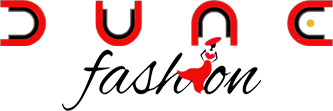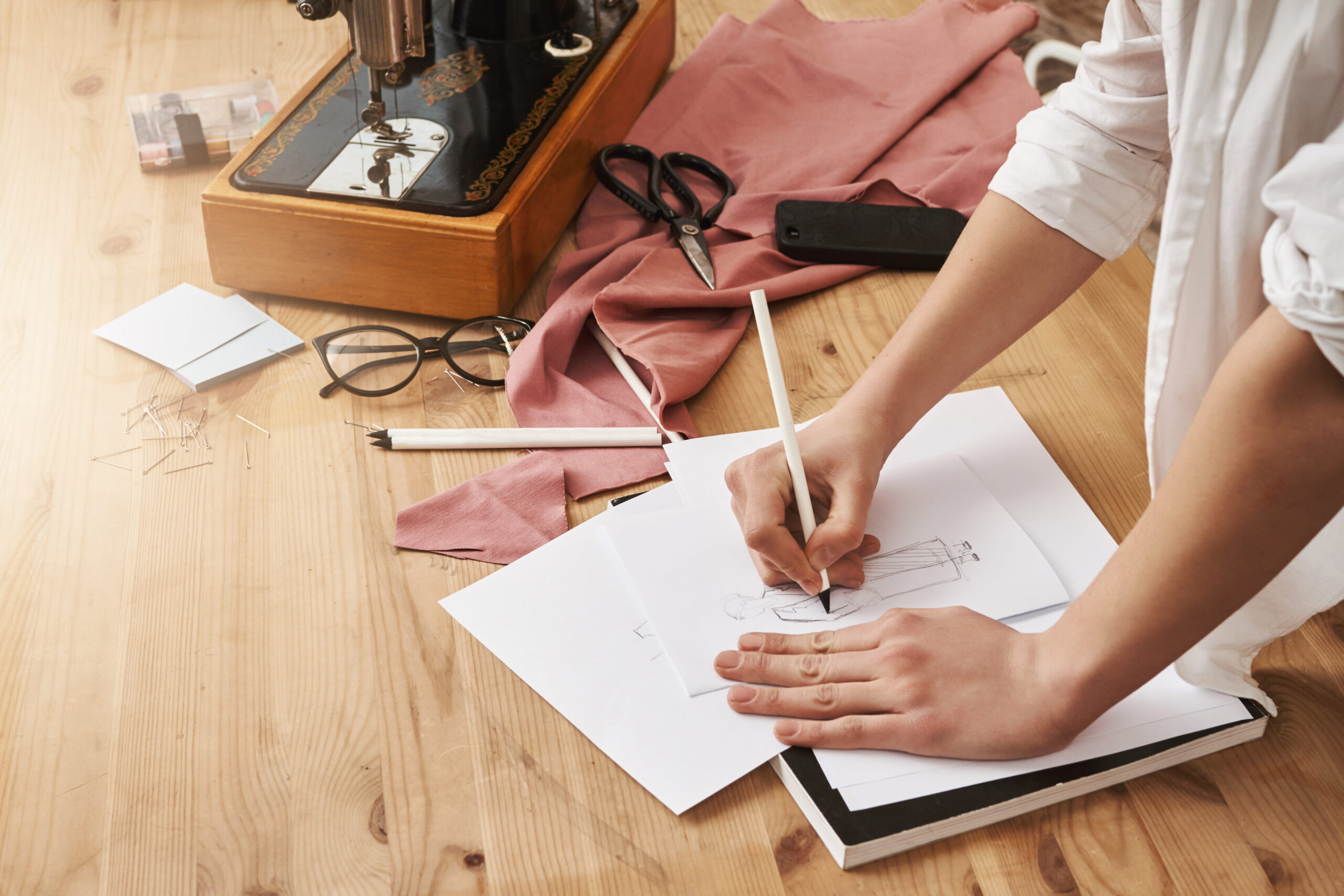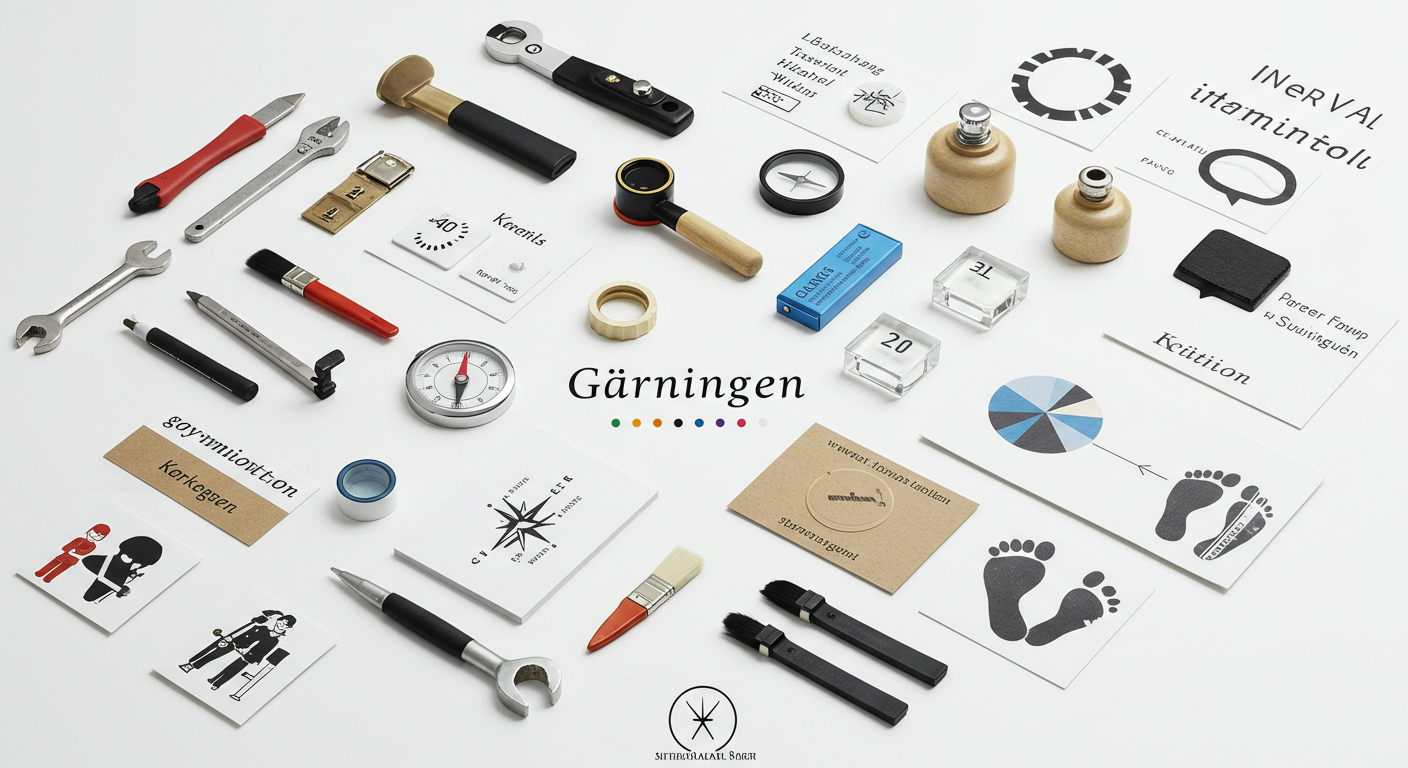Welcome to the fascinating world of nahttypen! If you’ve ever found yourself staring at a fabric wondering which seam style will elevate your sewing project, you’re in the right place. Seam types are more than just functional; they can define the aesthetic and durability of your creations. Whether you’re a seasoned sewist or just starting out, understanding nahttypen is essential for achieving that polished look.
This guide will take you through various seam styles, techniques to perfect them, and tips on choosing the right tools. From troubleshooting common issues to exploring creative uses for different seams, there’s so much to discover. Get ready to unleash your creativity and sew with confidence!
What is nahttypen?
Nahttypen, a German term meaning “seam types,” refers to the various styles and techniques used in sewing. Each type of seam serves a specific purpose, influencing both the durability and aesthetics of a garment.
Understanding nahttypen is crucial for anyone interested in fashion design or garment construction. Different seams can alter how fabric behaves, affecting drape and fit.
From flat-felled seams that provide strength to French seams which offer elegance, each has its unique application. Knowing when to use certain nahttypen can elevate your sewing projects significantly.
Moreover, mastering these seams opens up endless possibilities for creativity. Whether you’re stitching up casual wear or intricate evening gowns, recognizing different seam types enhances your craftsmanship and results in polished pieces.
Types of Seam Styles
Seam styles can dramatically influence the final look and durability of your sewing projects. Each type serves a specific purpose and brings its unique flair.
The plain seam is the most common, offering simplicity and strength. It’s perfect for everyday garments but may not withstand heavy stress.
French seams are ideal for lightweight fabrics. They encase raw edges, giving a neat finish that’s both beautiful and functional.
Flat-felled seams provide exceptional strength, making them suitable for denim or activewear. This style hides raw edges inside a folded seam, ensuring longevity in high-wear areas.
For knits, consider using stretch seams like the serged seam or zigzag stitch. These allow fabric to retain its elasticity while looking polished.
Decorative seams add character to simple designs. Whether it’s topstitching or piping details, these styles elevate any project into something special.
Techniques for Perfect Seams
Achieving perfect seams requires a blend of precision and technique. Start by ensuring your fabric edges are aligned properly. Use a straight edge or ruler to guide you as you stitch.
Next, consider the type of seam you’re working with. Different seams may require unique approaches—like using a zigzag for stretch fabrics or a French seam for delicate materials.
Use slow, steady pressure on your sewing machine foot pedal. Rushing can lead to uneven stitching and frustration down the line.
Don’t forget about pressing your seams open after sewing. This helps eliminate bulk and gives your project a polished look.
Practice makes perfect. Experiment with various techniques on scrap fabric before moving to your main project. Each attempt teaches valuable lessons that improve your skill set over time.
Choosing the Right Needle and Thread
Choosing the right needle and thread is essential for achieving perfect seams. Each project demands a specific combination to ensure durability and aesthetics.
Start by considering your fabric type. Lightweight materials, like silk or chiffon, require finer needles and threads. Heavier fabrics, such as denim or canvas, benefit from sturdier options.
Next, think about the thread weight. A thicker thread provides stronger seams but may create bulk in delicate fabrics. Fine threads are ideal for intricate designs but might not hold up under stress.
Don’t overlook color coordination either. Matching thread can make stitches nearly invisible while contrasting colors can add artistic flair to your work.
Test your needle and thread on a scrap piece of fabric before committing to your final project. This simple step can prevent frustrating surprises down the line and help you refine your technique.
Adjusting Tension Settings
Adjusting tension settings is a crucial step in achieving perfect seams. A properly set tension ensures that your stitches lay flat and hold securely.
If the thread is too tight, it may cause puckering or breakage. Loose tension can lead to uneven stitching and fraying edges. Finding the right balance is key.
Start by referring to your sewing machine’s manual for recommended settings based on fabric type. Experimentation may be necessary as different materials react differently.
As you sew, keep an eye on the back of your fabric. It should look neat without any loops or gaps. Don’t hesitate to make minor adjustments during your project if needed.
Using high-quality thread can also aid in maintaining optimal tension levels, making it easier to achieve consistent results throughout your work.
Proper Pinning and Clipping
Proper pinning and clipping are essential for achieving neat seams. When you secure fabric layers, it prevents shifting during sewing.
Start by using straight pins to hold your pieces together. Place them perpendicular to the seam line, allowing easy removal as you sew. Avoid overcrowding; too many pins can create confusion.
For curved edges or delicate fabrics, consider using clips instead of pins. They provide a firm grip without damaging the material. Plus, they’re easier to handle when navigating intricate curves.
Always remember to pin from the edge towards the center of your piece. This not only keeps everything in place but also helps distribute tension evenly across your fabric.
Don’t hesitate to adjust your pins or clips if something feels off before stitching begins. Taking this extra time ensures precision in every seam you create.
Troubleshooting Common Seam Issues
Seam issues can be frustrating, but they’re often easy to fix. One common problem is puckering. This usually happens when the fabric isn’t fed evenly through the machine. To remedy this, try adjusting your presser foot pressure or using a walking foot.
Another frequent issue is skipped stitches. This might indicate that your needle is dull or damaged. Replacing it with a fresh one can often solve the problem instantly.
If threads are breaking, check for tension settings on both top and bobbin threads. Incorrect tension can lead to weak seams that break under stress.
If you notice fraying edges, consider using pinking shears or a serger to finish those raw edges effectively. Taking these simple steps will help ensure smooth and professional-looking seams every time you sew.
Creative Uses for Different Seam Styles
Seam styles can transform a simple project into something extraordinary. For instance, a flat-felled seam is not just for durability; it adds a polished look to jeans and shirts. Use this technique in your next denim skirt for that professional finish.
Consider French seams when working with sheer fabrics. They offer both strength and elegance, perfect for lightweight blouses or delicate curtains. This style hides raw edges beautifully.
Don’t overlook the potential of decorative seams like zigzag or scallop stitches. These are ideal for adding flair to quilts or home décor items, giving them an artisanal touch.
Experimenting with contrasting thread colors on standard seams can also create visual interest in everyday garments, turning basics into statement pieces.
Remember that different seam styles lend themselves well to varying fabric types. Embrace creativity by matching the right seam to your project’s unique demands!
Conclusion
Understanding nahttypen opens up a world of possibilities for both beginner and seasoned sewists. By mastering different seam styles, you can elevate your sewing projects to new heights.
With the right techniques and tools, achieving perfect seams becomes an attainable goal. Remember that choosing the correct needle and thread is crucial for the fabric you’re working with, as is adjusting tension settings to suit your sewing machine’s needs.
Proper pinning and clipping play essential roles in ensuring accuracy and neatness in every project. And when issues arise, knowing how to troubleshoot common seam problems will save you time and frustration.
Don’t forget to get creative with various seam styles—each one offers unique opportunities for personalization in your work. Embrace this knowledge about nahttypen as it empowers your sewing journey into exciting territories!




